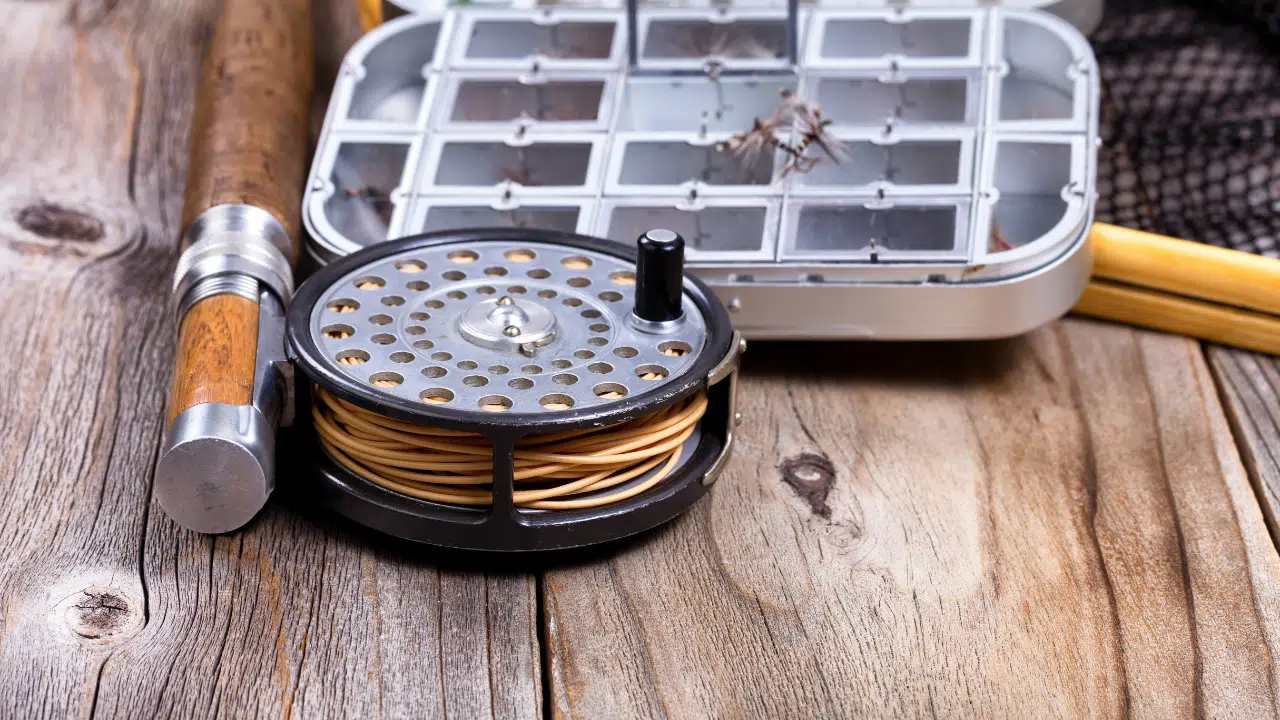Fly Fishing Tippet: Your Gateway to Mastery
Dive into the world of tippets, and you’ll quickly realize the magic isn’t just in the fly rod or the fly line. It’s in the details. The fly fishing tippet, often overlooked, are a game-changer. Acting as the bridge between your fly fishing leader and the fly, it’s the unsung hero that can make or break your fishing experience.
Whether you’re a seasoned angler or just started fly fishing (our beginner guide), understanding the nuances of tippets is crucial. In this guide, we’ll unravel the mysteries of the leader and tippet, ensuring you’re well-equipped for your next adventure.
Understanding Fly Fishing
Technique Difference: Unlike traditional fishing where the bait’s weight pulls the line, the rod relies on the weight of the fly line for casting.
Mimicking Insects: The method is designed to imitate insects on the water surface, making it highly effective in luring fish.
Key Components:
Fly Fishing Leader: Ensures that the fly is presented naturally in the water.
Tippet: Designed to be nearly invisible to fish, ensuring they only see the fly.
Fly Rod: More than just a tool, it’s an extension of the angler. Its design impacts the precision of casting.
From the weight of the line to the transparency of the tippet, is crucial for achieving the perfect cast.
The Significance of Fly Line - Leader and Tippet

The fly line in fly fishing is akin to the rhythm in a dance. Here’s why:
Central Role: Unlike other methods, in fly fishing, the fly line is the star. It determines:
-
Casting distance.
-
Casting accuracy.
Design Benefits:
-
Ensures a soft landing of the fly on water.
-
Mimics the delicate touch of insects, enticing the bite.
Choosing the Right Fly Line:
-
Weight: Crucial for casting distance and accuracy.
-
Color: Bright colors might deter target species in clear waters, while dull colors are less visible in murky waters.
-
Material & Taper: Influences the line’s performance and the success rate.
The fly line is the connection between the angler, the water, and the bite. As you delve deeper into this art, the importance of selecting the perfect fly line becomes even more evident.
Diving Deep into Fly Fishing Leaders
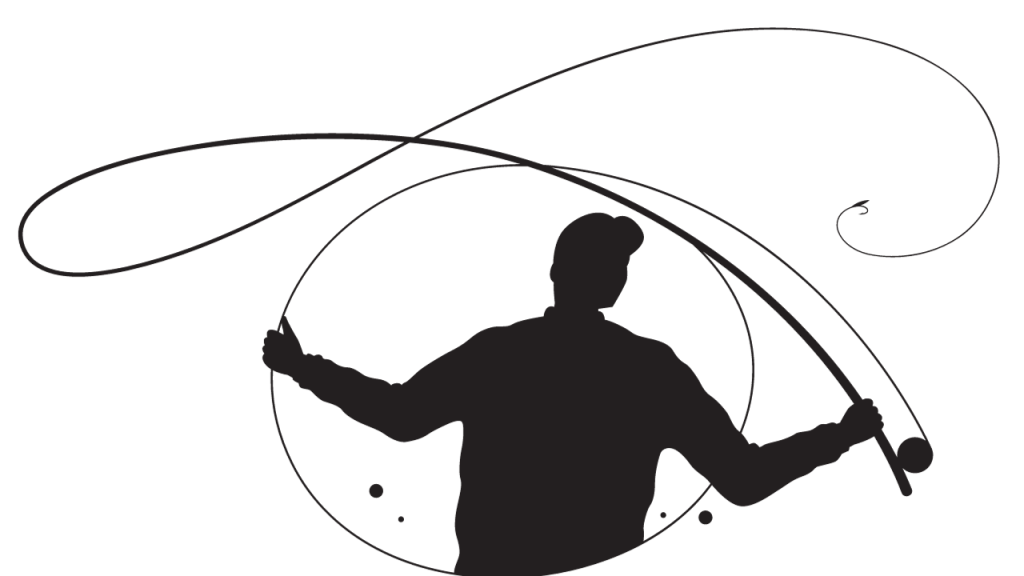
The fly fishing leader is a pivotal component, acting as the bridge between your fly line and the fly. Here’s why it’s so essential:
Tapered Design: The fly fishing leader tapers from thick to thin. This ensures:
-
Smooth energy transfer during casting.
-
Graceful landing of the fly, mimicking real-life insects.
Material Choices:
-
Monofilament: Popular for its flexibility and near invisibility underwater.
-
Fluorocarbon: Preferred when targeting larger trout or in challenging conditions due to its durability.
-
Length Matters:
Short Fly Fishing Leaders: Ideal for windy conditions and faster currents.
Long Fly Fishing Leaders: Best for clear waters where fish are wary.
Adaptability: The leader can be adjusted based on the environment, ensuring the best chances of a successful catch.
In essence, the fly fishing leader is all about precision. It’s the subtle tool that can elevate your fly fishing experience from good to outstanding.
The Role of the Fly Rod
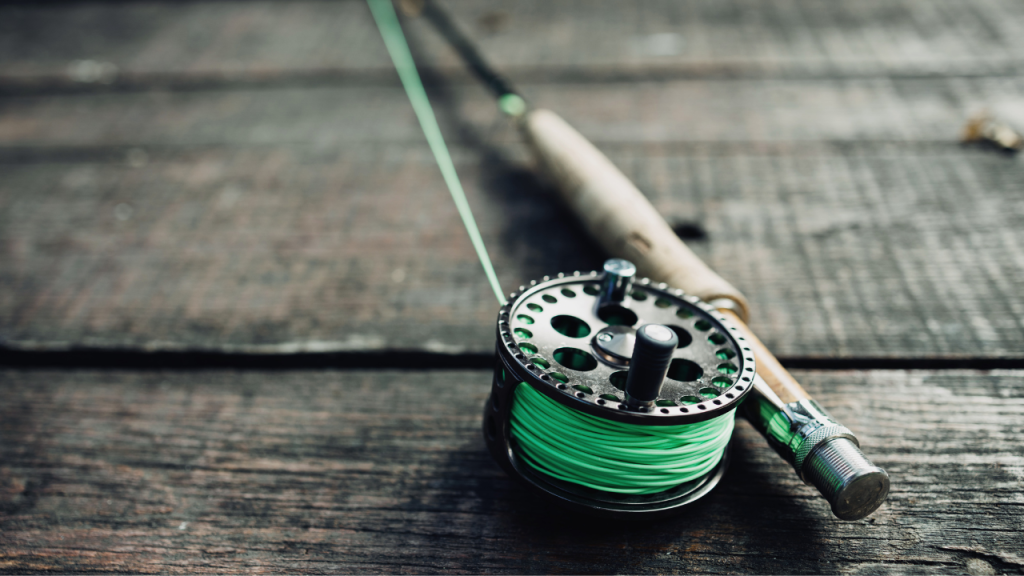
This isn’t just any fishing rod; it’s a specialized tool crafted. Here’s why it’s so pivotal:
Precision Casting: The fly rod’s length and flexibility are meticulously designed. They determine how far and accurately you can cast, ensuring the fly lands right where you want it.
Sensitivity: A good rod is incredibly responsive. It allows anglers to feel even the slightest nibble, ensuring they don’t miss a potential catch.
Balance with Line: The rod and fly line work in tandem. The rod’s weight rating should match the line’s. This harmony ensures smooth casts and effective fighting.
Adaptability: There are fly rods tailored for different conditions. Whether you’re targeting small brook trout in mountain streams or chasing large salmon in big rivers, there’s a rod for that.
In essence, the fly rod is an angler’s extension in the water. It’s not just about catching fish; it’s about the experience, the dance between angler, rod, and nature. Choosing the right rod enhances this dance, making every trip memorable.
Selection Criteria for Tippets
Choosing the right tippet can make or break your experience, especially when fishing dry flies. It’s the thin line (literally!) between a successful catch and a missed opportunity. But with so many options out there, how do you pick the perfect one? Here’s a guide to help:
Material Matters: Tippets come in various materials, with nylon and fluorocarbon being the most popular. While nylon is affordable and versatile, fluorocarbon is nearly invisible underwater and more abrasion-resistant.
Diameter and Strength: The tippet’s diameter should match the size of the fly you’re using. A thinner tippet is less visible but can be weaker. Always check the tippet’s breaking strength, especially if you’re targeting a larger catch.
Flexibility: A good tippet should have a balance between stiffness and suppleness. While a stiffer tippet aids in turning over larger flies, a more supple one provides a natural presentation in the water.
Length: Depending on the situation, you might need a longer or shorter tippet. Clear waters and wary fish might require a longer tippet for stealth, while in faster currents, a shorter one might suffice.
Environmental Considerations: Some tippets are biodegradable, making them an eco-friendly choice. If conservation matters to you, this is a factor worth considering.
In conclusion, the right tippet enhances your game, ensuring your fly presents naturally and stands up to the challenges of the water. By considering the above criteria, you’ll be well-equipped to make an informed choice, setting you up for success on your next adventure.
Types of Tippets and Their Uses
The tippet you choose plays a pivotal role. But did you know there are different types of tippets, each with its unique purpose? Let’s dive in:
Nylon Monofilament Tippets:
-
Use: Ideal for most freshwater situations.
-
Benefits: They’re cost-effective and offer good knot strength. Plus, they’re versatile, making them a favorite among beginners.
Fluorocarbon Tippets:
-
Use: Best for clear waters or when targeting skittish fish.
-
Benefits: Nearly invisible underwater, these tippets are also more resistant to abrasion. They sink faster, making them perfect for nymphing or in deeper waters.
Co-polymer Tippets:
-
Use: Suitable for tricky situations where you need a delicate presentation.
-
Benefits: These tippets combine the best of nylon and fluorocarbon. They’re supple, ensuring your fly lands softly, yet durable enough to withstand challenges.
Wire Tippets:
-
Use: Essential when targeting toothy species like pike or barracuda.
-
Benefits: Made of thin metal wire, they prevent sharp-toothed fish from biting through.
Biodegradable Tippets:
-
Use: For the eco-conscious angler.
-
Benefits: They break down over time, reducing environmental impact. While not as durable as other types, they’re a sustainable choice.
The Role of Leader and Tippet in Catching Fish
Fly fishing is a delicate dance between angler and nature, and the tippet is one of its unsung heroes. But how exactly does this thin line play a role in catching fish?
Stealth Approach:
-
The tippet’s primary job is to remain unnoticed. Its thinness and transparency ensure that fish only see the fly, not the line attached to it. This “invisibility” is crucial, especially in clear waters where fish are more observant.
Flexibility in Presentation:
-
Tippets allow for a natural and fluid movement of the fly on water. Whether it’s mimicking a fluttering insect or a swimming nymph, the tippet’s flexibility ensures the fly moves just right, enticing fish to bite.
Strength and Durability:
-
Don’t let its slender appearance fool you. Tippets are designed to be strong. They can handle the sudden jerks and pulls when a fish bites, ensuring that once hooked, the fish stays on.
Versatility:
-
Different scenarios call for different tippets. Whether you’re in murky waters, targeting larger fish, or aiming for a delicate presentation, there’s a tippet designed for that specific challenge.
Connection:
-
The tippet serves as the bridge between the fly and the rest of the line. It ensures a smooth transition, reducing the chances of fish detecting anything amiss.
In the grand scheme of fly fishing, the leader and tippet might seem like a minor detail. But their role is pivotal. It’s the difference between a curious fish and a caught one. So, next time you’re out on the water, remember the silent workhorse that is the leader and tippet, making each catch possible.
Tippet Maintenance and Storage
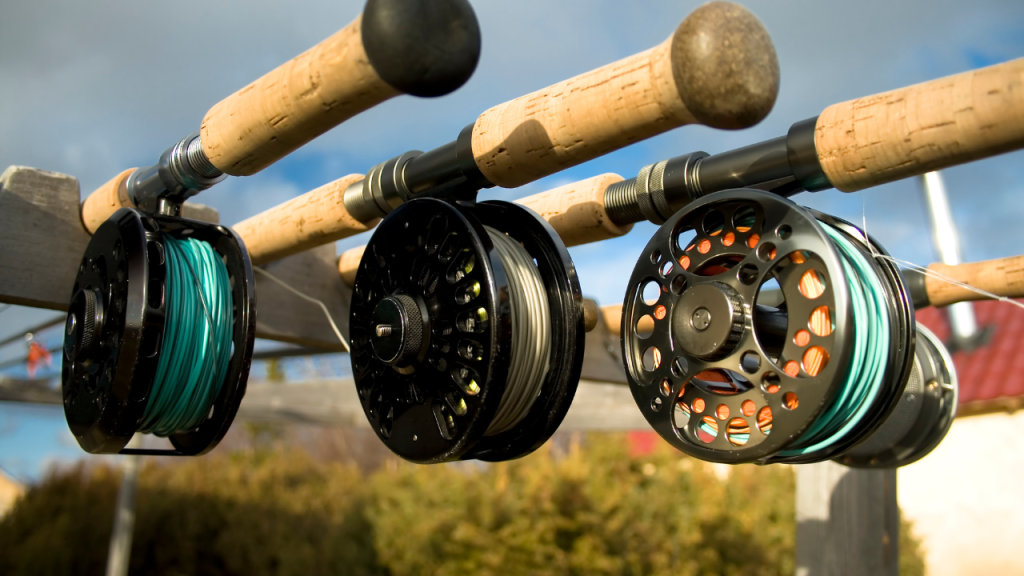
It is as much about the experience as it is about the gear. And like any other equipment, the leader and tippet need care too. Proper maintenance and storage of your leader and tippet can make a world of difference in their longevity and performance.
Regular Checks:
-
Before and after each fishing trip, inspect your leader and tippet for any signs of wear, nicks, or abrasions. These can weaken the line, increasing the risk of it breaking during a catch.
Avoid Direct Sunlight:
-
Prolonged exposure to sunlight can degrade the material of the leader and tippet. When not in use, store it in a cool, shaded place. Many fly fishers use protective pouches or containers that shield tippets from harmful UV rays.
Stay Away from Heat:
-
High temperatures can weaken the leader and tippet material. Avoid leaving it in hot cars or near heat sources.
Proper Coiling:
-
When storing, ensure the tippet is coiled loosely. Tight coils can cause memory loops in the tippet material, making the leader and tippet less effective during casts.
Moisture Management:
-
Ensure your tippet is dry before storing. Moisture can lead to mold or mildew, compromising the line’s integrity.
Regular Replacement:
-
Even with the best care, tippets have a lifespan. Depending on usage, consider replacing your tippet every season or after a certain number of fishing trips.
In conclusion, a well-maintained tippet not only ensures a better experience but also saves you money in the long run. By investing a little time in its care, you can ensure your tippet remains in top condition, ready for your next adventure.
Top 5 Best Tippets to Purchase
Enhance your fly fishing gear setup with one of these tapered leaders.

This is the subtitle
1. Trouthunter Fluorocarbon Tippet
Review: The Trouthunter Fluorocarbon Tippet stands out due to its exceptional breaking strain, making it one of the most durable tippets available. Designed for clarity, it remains nearly invisible underwater, a crucial feature when in transparent waters. Its effectiveness has been proven time and again, especially when tested against the sharp vision of the Indo-Pacific permit. A top choice for serious anglers.
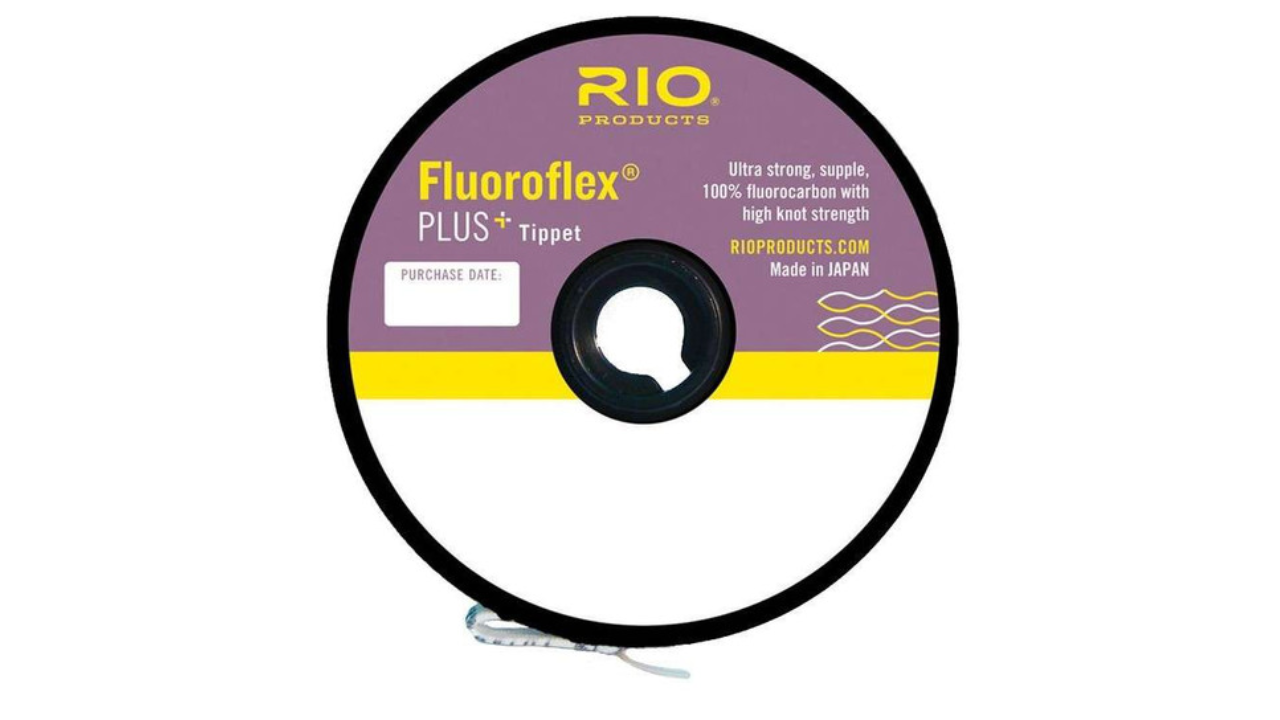
This is the subtitle
2. Rio Fluoroflex Plus
Review: Rio's Fluoroflex Plus is renowned for its balance between cost and quality. The guide spool, in particular, offers 110 yards at a competitive price of $0.36 per yard. With a breaking strain of 8.5 lbs for a 3x tippet, it ensures reliability and versatility across various conditions.
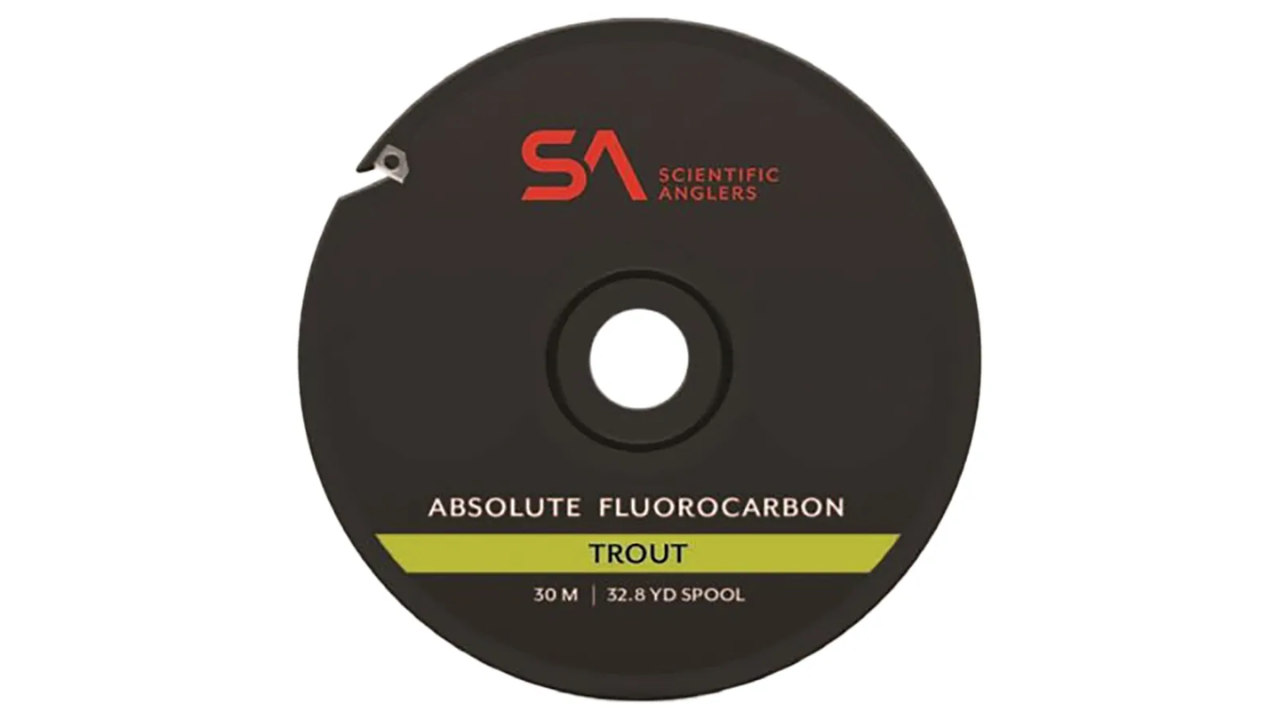
This is the subtitle
3. Scientific Anglers Fluorocarbon Tippet
Review: A product from the esteemed Scientific Anglers brand, this fluorocarbon tippet material may have a slightly lower breaking strain compared to its counterparts, but it doesn't compromise on quality. Priced at $0.46 per yard, it's a premium choice that guarantees performance.

This is the subtitle
4. Seaguar Grand MAX
Review: The Seaguar Grand MAX is distinguished by its innovative "double structure" design. This feature enhances its strength and resilience, setting it apart from other tippets. Highly recommended for those who prioritize advanced technology in their fishing gear.
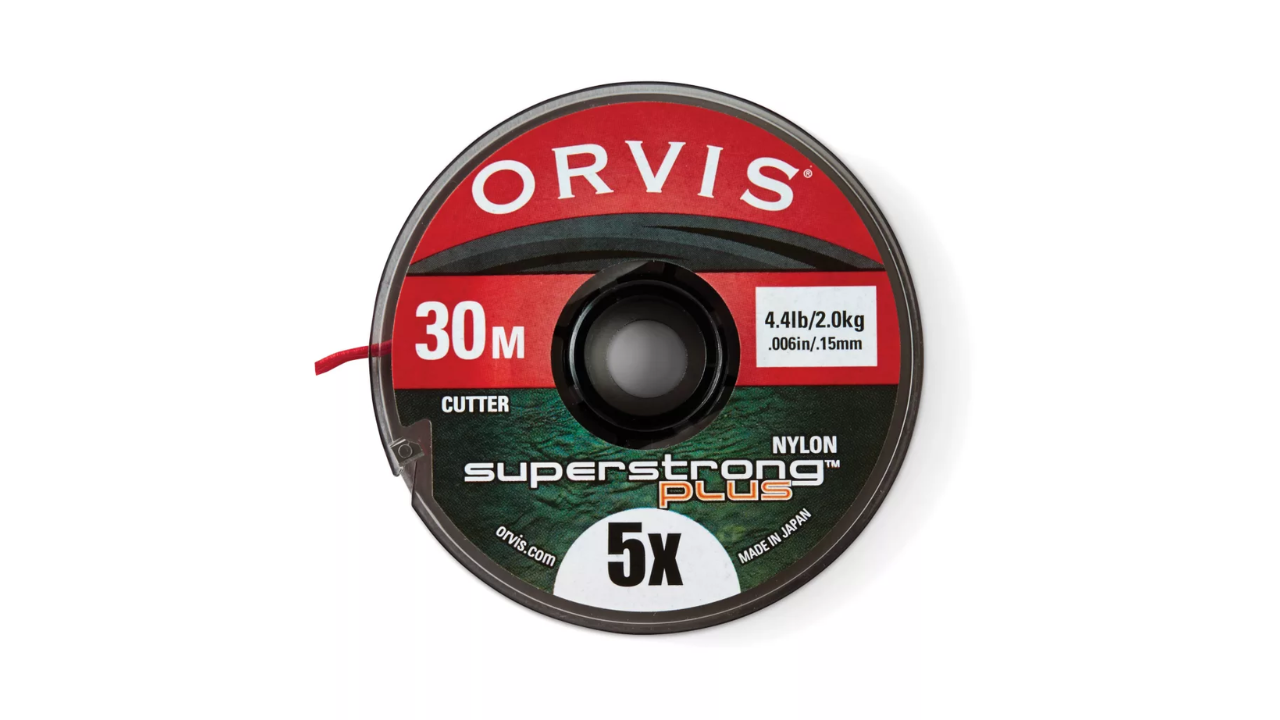
This is the subtitle
5. Orvis SuperStrong™ Plus
Review: Orvis, a trusted name in fly fishing, offers the SuperStrong™ Plus tippet that combines strength with longevity. It's designed to withstand the challenges of various environments, making it a versatile addition to any angler's toolkit.
When choosing a tippet, it’s essential to consider its strength, underwater visibility, the tippet diameter, and overall value. The tippets listed above are among the industry’s best, ensuring a successful experience.
Common Mistakes and Misconceptions in Fly Fishing
Fly fishing, with its intricate techniques and specialized gear, is a world of its own. However, like any skill, it’s riddled with common mistakes and misconceptions, especially for beginners. Let’s debunk some of these myths and clarify the errors often made when trying to catch fish.

1. “More Expensive Gear Equals Better Performance”:
Many believe that shelling out more money for gear guarantees success. While quality gear can enhance the experience, it’s the skill and technique that truly matter. A seasoned angler with basic equipment can outperform a novice with the priciest gear.
2. “Tippets Are All the Same”:
Not all tippets are created equal. Using the wrong tippet size or material for the fly or fish you’re targeting can lead to missed catches. It’s essential to understand the differences and select the right one for your needs.
3. “Casting Farther Equals More Fish”:
Many beginners believe casting farther increases their chances. However, accuracy and presentation often matter more than distance. It’s about placing the fly where the fish are, not how far you can cast.
4. “Fly Fishing is Only for Trout”:
While trout is a popular target, fly fishing is versatile. From saltwater species like tarpon to freshwater bass, the possibilities are vast.
5. “Bigger Flies Catch Bigger Fish”:
While there’s some truth to this, it’s not a hard and fast rule. Sometimes, smaller flies can be more effective, especially when mimicking the natural diet of the fish.
6. “You Don’t Need Leaders and Tippets”:
Some think they can tie a fly directly to the fly line. However, leaders and tippets provide a nearly invisible transition, ensuring a natural fly presentation.
7. “Fly Lines are Too Complicated”:
Yes, fly fishing has its complexities, but it’s also incredibly rewarding just like tying flies (Check out our guide here)! With practice and patience, anyone can master the basics and enjoy the serene experience.
8. “Weather Doesn’t Matter”:
Weather plays a significant role in fly fishing. Behaviors change with weather conditions. Understanding this can help in selecting the right fly and technique for the day.
9. “All Fly Rods Feel the Same”:
Rods vary in flexibility, length, and action. Each rod offers a different experience and is suited for specific conditions and fish.
Knowledge is power. By understanding and avoiding these common pitfalls, you can enhance your experience, making each trip more productive and enjoyable.

Conclusion
Fly fishing is a captivating dance between angler, equipment, and nature. The tippet, often overlooked, plays a pivotal role in this ballet, bridging the gap between the fly line and the fish. As we’ve explored, the right tippet can make all the difference, from its type and size to its maintenance.
Investing in quality tippets, understanding their nuances, and avoiding common pitfalls can elevate your experience. As you cast your line into the waters, remember that every component, especially the tippet, contributes to the symphony of a successful catch. Good luck!

